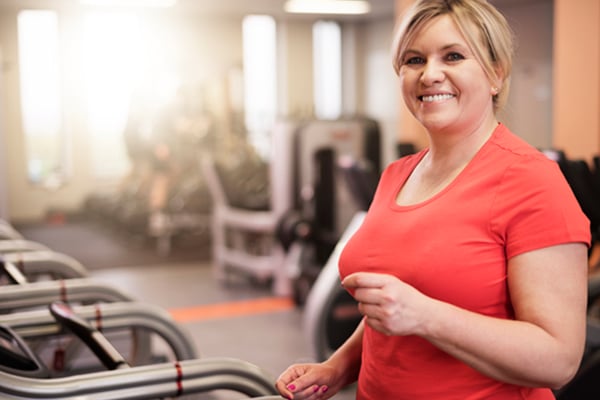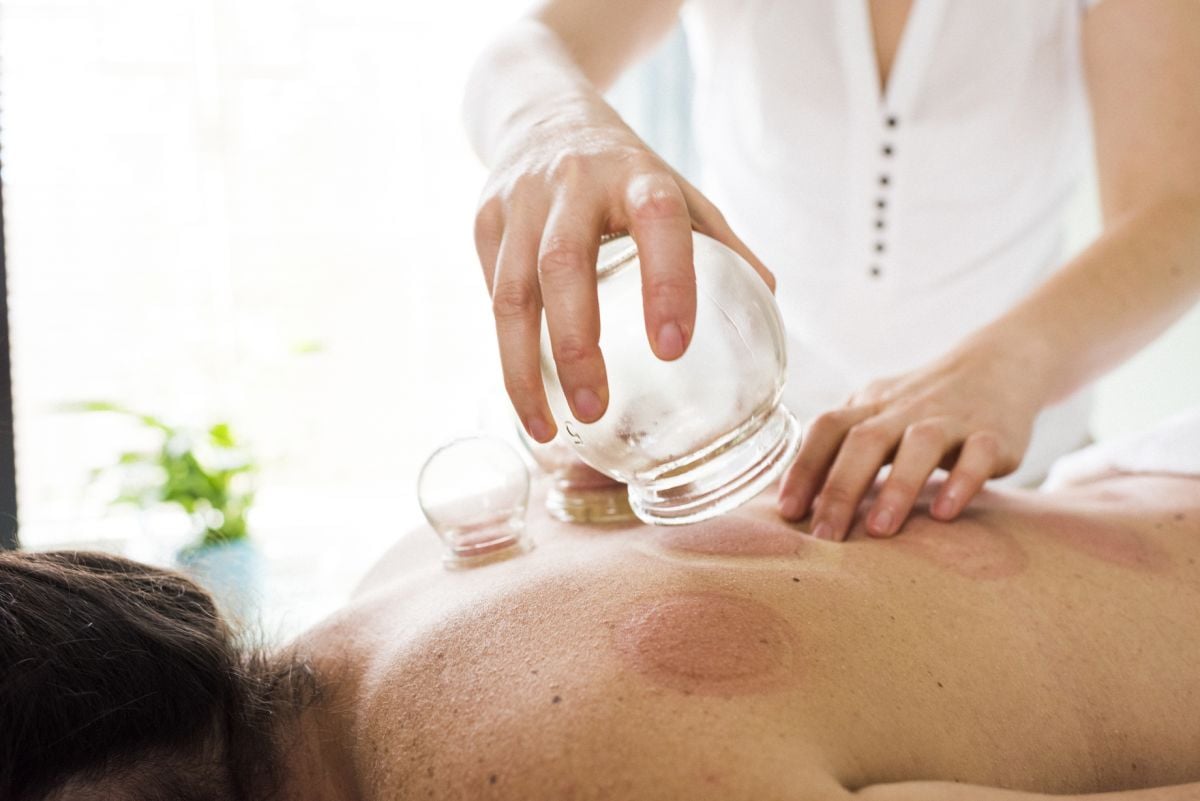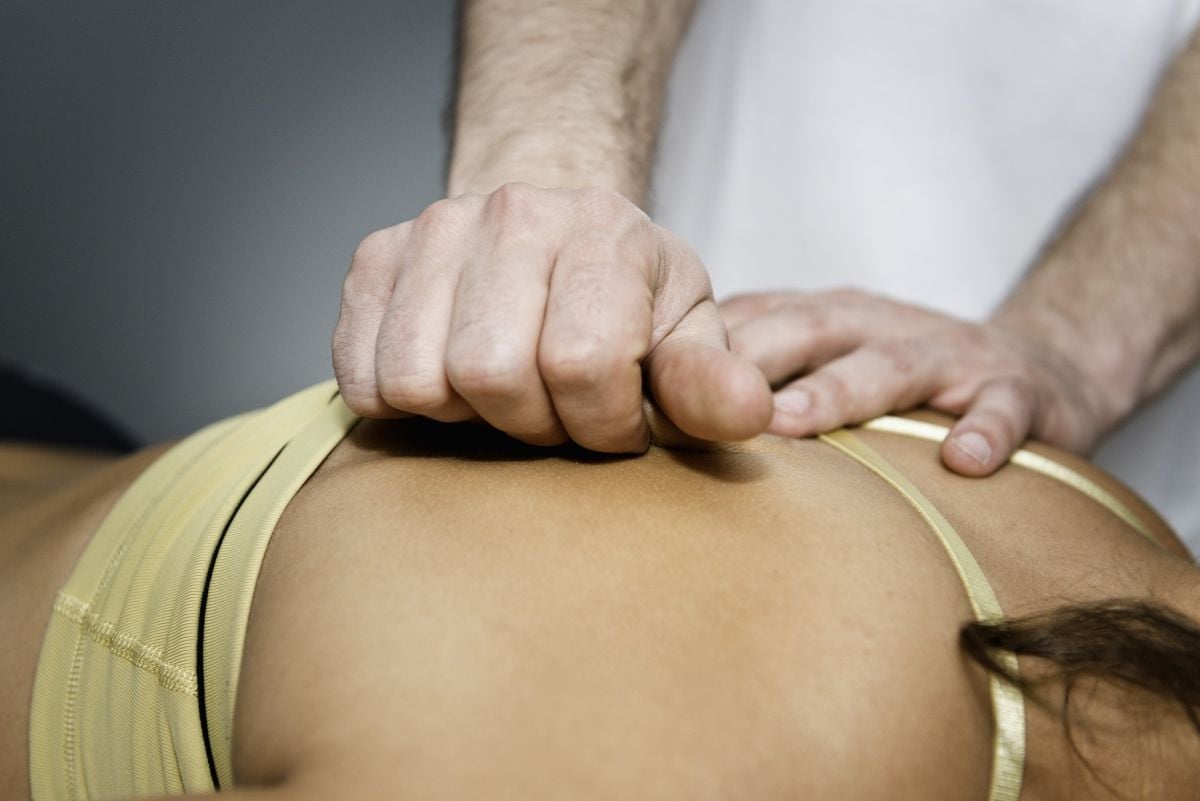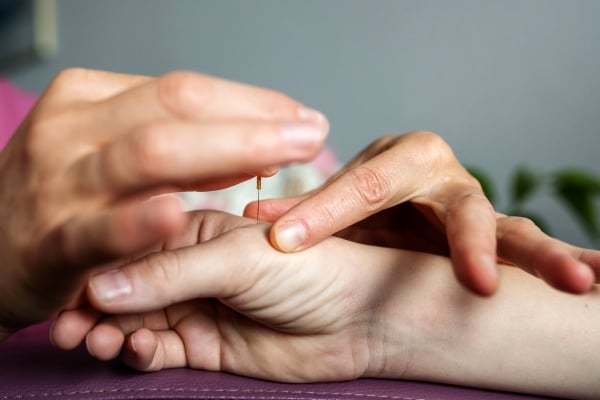
Shoulder Rehab 101
*This article originally appeared on Dr. Kristen Mitteness’ website. Dr. Mitteness is part of the Lifemark family. We are republishing the article here with permission.
The shoulder is one of the most elaborate and most mobile joints in the human body, which also makes it one of the most vulnerable. Proper function of the shoulder is fully dependent on a combination of sufficient strength, stability and mobility.
Although some shoulder injuries involve acute pain due to a specific event (such as a fall or a collision), most shoulder issues are chronic and multi-dimensional due to the collection of bones, ligaments and muscles that are critical for the shoulder to function properly.
Getting started with shoulder rehab
Though the following program is designed to improve shoulder function, reduce pain and prevent future injuries, please keep in mind that no two human bodies are exactly the same, so your body may respond differently to the exercises outlined below.
Step 1: Warm Up! Spend 5 or 10 minutes warming up your body with light, low impact physical activity. Walking or biking are great options. Simply moving gets the body warmed up and ready for more focused work.
Step 2: Stretch. Lack of mobility in the shoulder can cause problems. Therefore, stretching out the muscles that are too tight is important to improve shoulder function. Properly moving joints and muscles allows nerves to “breathe” and results in decreased pain and symptoms. The following stretches should be done 5 to 6 days per week and held for 5 deep breaths. Stretch to the point where it "hurts so good," not to the point where it feels "wrong."
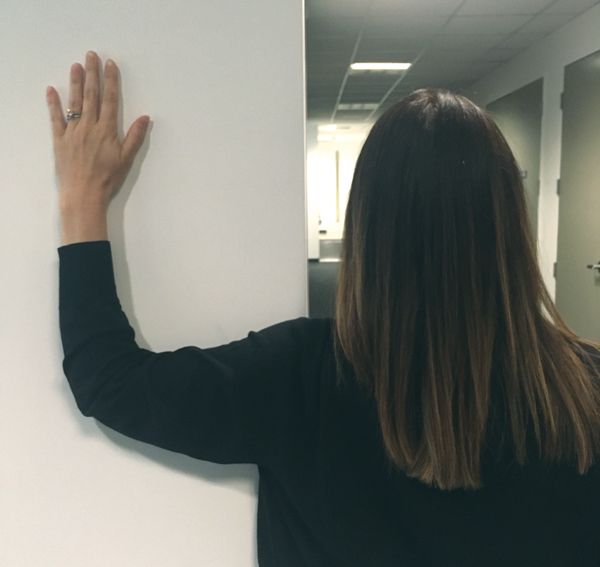

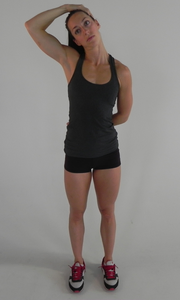
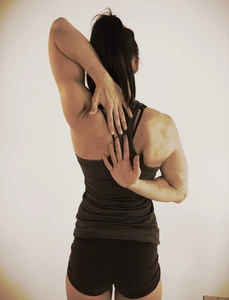
If you are unable to touch your fingers behind your back, grab a towel and hold on to each end, inching as close as possible.
Step 3: Strengthening. After proper mobility is restored and the shoulder is symptoms-free, strengthening components can be added. These exercises should be determined on an individual basis. Work with a trainer, chiropractor, physiotherapist or athletic trainer to determine what is best for you.
Considering additional options

Ice
Place an ice pack or frozen peas on the area that’s causing pain for 10 or 15 minutes up to three times per day, with at least two hours between sessions. If heat feels better, feel free to use it, but for no longer than 30 minutes per session. Icing after a stretching or strengthening session will help reduce inflammation that may occur.
When it comes to shoulder rehabilitation, time and diligence are essential. A chiropractor (if they perform extremity adjustments), an athletic therapist or a physiotherapist can have a very positive impact on your recovery.
To schedule an appointment at a Lifemark clinic near you, check out our Locations page.
